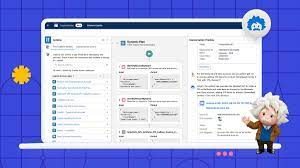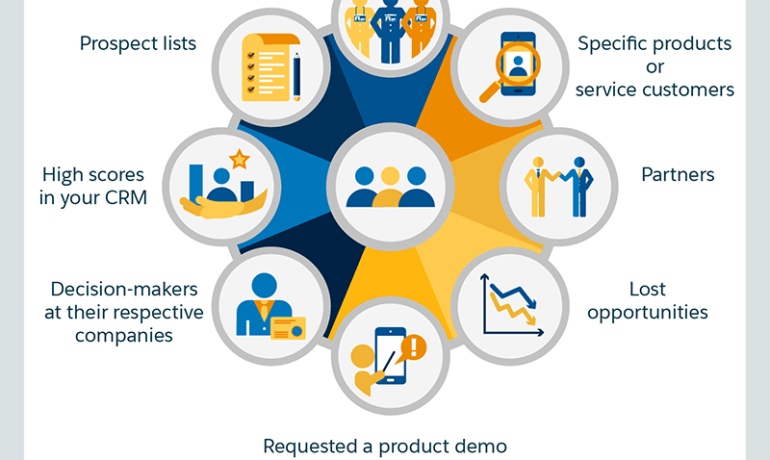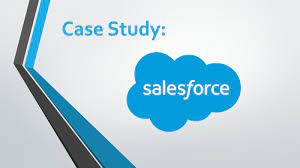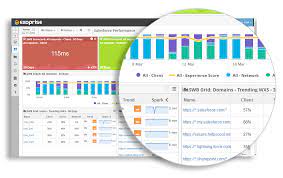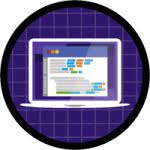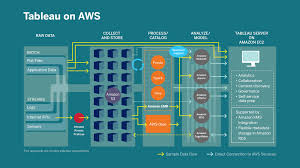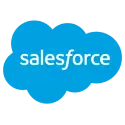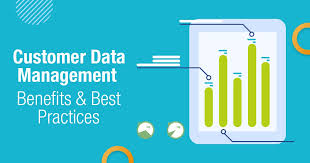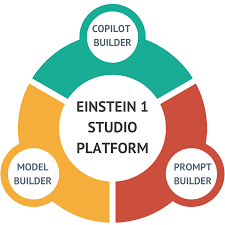In the ever-changing ecosystem of Salesforce and enterprise technology in general, product capabilities continually evolve and adapt. This holds true for Salesforce’s product portfolio, where not only functionalities but also product names undergo transformations. Salesforce Product Name Change happens all the time. The ‘formerly known as’ guide presented here explains the reasons behind these name changes and provides insights into the evolution of specific Salesforce products. The rationale for altering product names often stems from the need to enhance clarity, align with product developments, or signify the introduction of something new or retired. While this creates significant challenges for the sales and marketing teams at Salesforce and its partners and customers, it also impacts things like your search for information on a product or resources for implementation. Salesforce Product Name Change Feel free to bookmark, save, or print this list. Data Cloud: Data Cloud, Salesforce’s Customer Data Platform (CDP), takes the evolutionary spotlight with its frequent name changes, reflecting the rapid evolution of this technology. From Customer 360 Audiences to Salesforce Genie and eventually settling as Data Cloud in 2023, each name adjustment signifies big advancements and adaptability, particularly with generative AI innovations. CRM Analytics: The journey of CRM Analytics, previously known as Edgespring, Wave, and Einstein Analytics, illustrates the consolidation of Salesforce’s analytics offerings. The final nomenclature, CRM Analytics, emerged in April 2022, reflecting a desire for consistency and immediate recognition. Salesforce Industries: The evolution from Vlocity to Salesforce Industries in 2020 demonstrates Salesforce’s recognition of the distinctive nature of industry-specific requirements in the platform. This transition resulted from the acquisition of Vlocity and the integration of its industry-specific CRMs into Salesforce’s family of product offerings. Account Engagement (formerly Pardot): The renaming of Pardot to Account Engagement emphasizes Salesforce’s commitment to consistency and immediate understanding within the expansive Marketing Cloud product suite. The new name aligns with the product’s focus on B2B marketing automation. One can hardly remember when the product was known as Exacttarget. Marketing Cloud Offerings: Several Marketing Cloud products underwent renaming in April 2022. Personalization (formerly Interaction Studio) and Marketing Cloud Intelligence (formerly Datorama) highlight Salesforce’s effort to streamline and provide clarity within its diverse marketing solutions. Quip: Quip, initially acquired in 2017, underwent various phases, from Salesforce Anywhere to Canvas within Slack. Despite a potential interim name as “Live Documents,” the product eventually reverted to the concise and distinct name Quip. One small example of the more things change, the more they become the same. Einstein GPT: The launch of Einstein GPT highlights Salesforce’s innovation in generative Artificial Intelligence tools, emphasizing its broader scope, including the Data Cloud as its foundation. Subsequent changes, such as the introduction of the Einstein 1 Platform and Copilot, indicate the platform’s ongoing evolution. Prompt Builder: The evolution from Prompt Studio to Prompt Builder within Copilot Studio shows Salesforce’s commitment to consistency in naming conventions across different parts of its platform. Salesforce Starter Edition: Originally introduced as Salesforce Easy and later renamed Salesforce Starter, this CRM edition targets small businesses, emphasizing guided onboarding and built-in AI capabilities. The product remains a great entry-level platform for smaller businesses looking to move to the Salesforce ecosystem. Work.com: While not a name change per se, the revival of Work.com for a different purpose reflects Salesforce’s adaptability. The legacy Work.com, focused on social performance management, contrasts with the contemporary Work.com, offering applications, resources, and content for creating resilient workplaces. What’s in a Name? Salesforce’s approach to name changes aims to signify innovation, clarity, and relevance to evolving functionalities. The transparent communication from Salesforce leadership underscores their commitment to keeping users informed about the reasons behind such changes. As the Salesforce ecosystem continues to evolve, names may change, but the intention remains rooted in highlighting what’s new and driving progress. Salesforce Product Name Change is just a part of the evolution of the ecosystem. Like1 Related Posts Salesforce OEM AppExchange Expanding its reach beyond CRM, Salesforce.com has launched a new service called AppExchange OEM Edition, aimed at non-CRM service providers. Read more The Salesforce Story In Marc Benioff’s own words How did salesforce.com grow from a start up in a rented apartment into the world’s Read more Salesforce Jigsaw Salesforce.com, a prominent figure in cloud computing, has finalized a deal to acquire Jigsaw, a wiki-style business contact database, for Read more Service Cloud with AI-Driven Intelligence Salesforce Enhances Service Cloud with AI-Driven Intelligence Engine Data science and analytics are rapidly becoming standard features in enterprise applications, Read more



